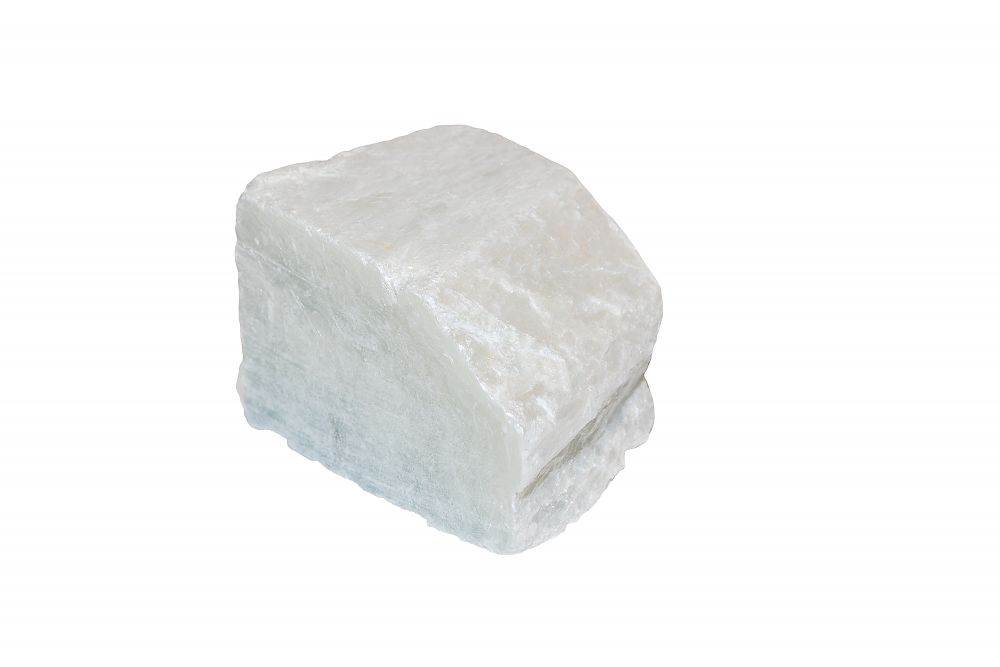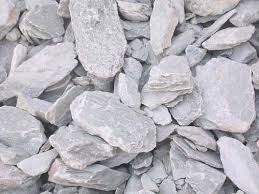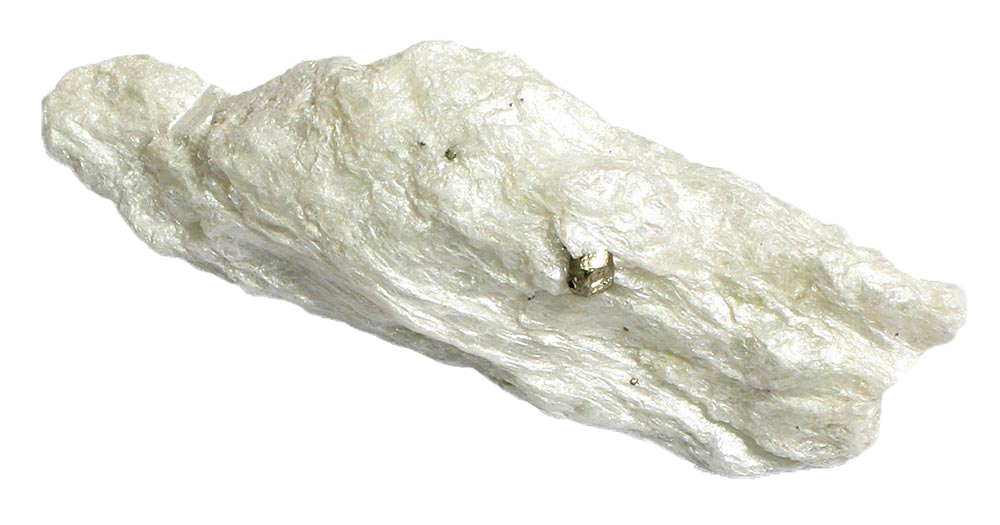


Talc
Talc is a mineral substance used in a variety of cosmetic and personal care products from baby powders to eye shadows. It is added to absorb moisture, smooth or soften products, prevent caking, and make makeup opaque.
Talc is a clay mineral composed of hydrated magnesium silicate with the chemical formula H2Mg3(SiO3)4 or Mg3Si4O10(OH)2. In loose form, it was one of the most widely used substances known as baby powder, along with corn starch. It occurs as foliated to fibrous masses, and in an exceptionally rare crystal form. It has a perfect basal cleavage, and the folia are not elastic, although slightly flexible.
Mohs scale of mineral hardness, based on scratch hardness comparison, defines value 1 as the hardness of talc. As such, talc can easily be scratched by a fingernail. Talc has a specific gravity of 2.5–2.8, a clear or dusty luster, and is translucent to opaque. Talc is not soluble in water, but is slightly soluble in dilute mineral acids. Its color ranges from white to grey or green and it has a distinctly greasy feel. Its streak is white.
Talc is a common metamorphic mineral in metamorphic belts that contain ultramafic rocks, such as soapstone (a high-talc rock), and within whiteschist and blueschist metamorphic terranes. Prime examples of whiteschists include the Franciscan Metamorphic Belt of the western United States, the western European Alps especially in Italy, certain areas of the Musgrave Block, and some collisional orogens such as the Himalayas, which stretch along Pakistan, India, Nepal, and Bhutan.
We have over 1000 metric tons of Talc (Soap Stone) in stock the grades shown in pictures.